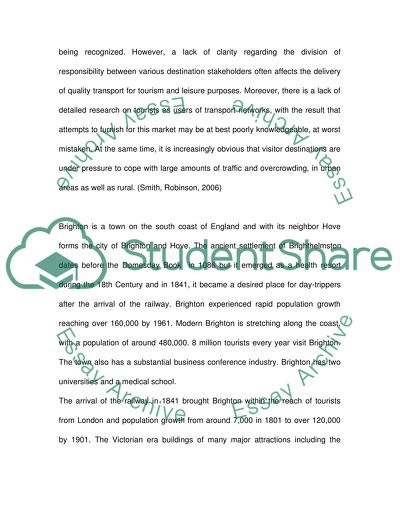Cite this document
(“Relevance of integrated transport policies and accessibility Essay”, n.d.)
Relevance of integrated transport policies and accessibility Essay. Retrieved from https://studentshare.org/miscellaneous/1525761-relevance-of-integrated-transport-policies-and-accessibility-strategies-in-the-development-of-tourism
Relevance of integrated transport policies and accessibility Essay. Retrieved from https://studentshare.org/miscellaneous/1525761-relevance-of-integrated-transport-policies-and-accessibility-strategies-in-the-development-of-tourism
(Relevance of Integrated Transport Policies and Accessibility Essay)
Relevance of Integrated Transport Policies and Accessibility Essay. https://studentshare.org/miscellaneous/1525761-relevance-of-integrated-transport-policies-and-accessibility-strategies-in-the-development-of-tourism.
Relevance of Integrated Transport Policies and Accessibility Essay. https://studentshare.org/miscellaneous/1525761-relevance-of-integrated-transport-policies-and-accessibility-strategies-in-the-development-of-tourism.
“Relevance of Integrated Transport Policies and Accessibility Essay”, n.d. https://studentshare.org/miscellaneous/1525761-relevance-of-integrated-transport-policies-and-accessibility-strategies-in-the-development-of-tourism.


